Increased Focus on Sustainability
The robot operating system market in Japan is increasingly influenced by a growing focus on sustainability and environmental responsibility. As businesses strive to reduce their carbon footprint, the integration of robotic systems that optimize resource usage becomes paramount. In 2025, it is projected that 25% of companies in Japan will implement robotic solutions aimed at enhancing energy efficiency and waste reduction. This trend is further supported by government regulations promoting sustainable practices across industries. Consequently, the robot operating-system market is likely to benefit from this shift towards eco-friendly technologies, as organizations seek to align their operations with sustainability goals. The emphasis on sustainability may drive innovation in robot operating systems, leading to the development of more efficient and environmentally friendly robotic solutions.
Government Initiatives and Funding
The Japanese government plays a pivotal role in fostering the growth of the robot operating-system market through various initiatives and funding programs. In recent years, substantial investments have been made to support research and development in robotics, with a focus on enhancing the capabilities of robot operating systems. For instance, the government has allocated over ¥100 billion to promote innovation in robotics, which is expected to bolster the market significantly. These initiatives aim to position Japan as a leader in robotics technology, encouraging collaboration between academia and industry. As a result, the robot operating-system market is likely to benefit from increased funding, leading to advancements in technology and a broader adoption of robotic solutions across various sectors.
Growing Interest in Service Robots
The robot operating-system market in Japan is witnessing a growing interest in service robots, which are increasingly being adopted across various sectors, including healthcare, hospitality, and retail. The demand for service robots is projected to grow at a CAGR of 15% from 2025 to 2030, driven by the need for enhanced customer service and operational efficiency. In healthcare, for instance, robots are being utilized for tasks such as patient monitoring and assistance, which highlights the versatility of robot operating systems. This trend indicates a shift in consumer preferences towards automation, prompting businesses to invest in advanced robotic solutions. Consequently, the robot operating-system market is likely to expand as more organizations recognize the potential benefits of integrating service robots into their operations.
Technological Advancements in Robotics
Technological advancements in robotics are significantly influencing the robot operating-system market in Japan. Innovations such as improved artificial intelligence, machine learning, and sensor technologies are enhancing the capabilities of robotic systems. In 2025, it is estimated that 40% of new robots deployed in Japan will incorporate advanced AI algorithms, enabling them to perform complex tasks with greater autonomy. This evolution not only increases the efficiency of robotic operations but also expands their applicability across diverse industries. As companies seek to leverage these advancements, the demand for sophisticated robot operating systems is expected to rise. Thus, the robot operating-system market is poised for growth as organizations adopt cutting-edge technologies to optimize their operations.
Rising Demand for Automation in Manufacturing
The robot operating system market in Japan experiences a notable surge in demand driven by the increasing need for automation in manufacturing processes. As industries strive for enhanced efficiency and productivity, the integration of robotic systems becomes essential. In 2025, the manufacturing sector in Japan is projected to allocate approximately 30% of its technology budget towards automation solutions, including robot operating systems. This shift not only reduces labor costs but also minimizes human error, thereby improving overall product quality. Furthermore, the Japanese government supports this transition through various initiatives aimed at promoting advanced manufacturing technologies. Consequently, the robot operating system market is likely to witness substantial growth as manufacturers seek to modernize their operations and remain competitive in a rapidly evolving landscape.


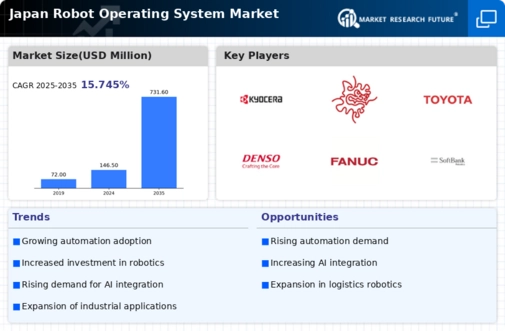
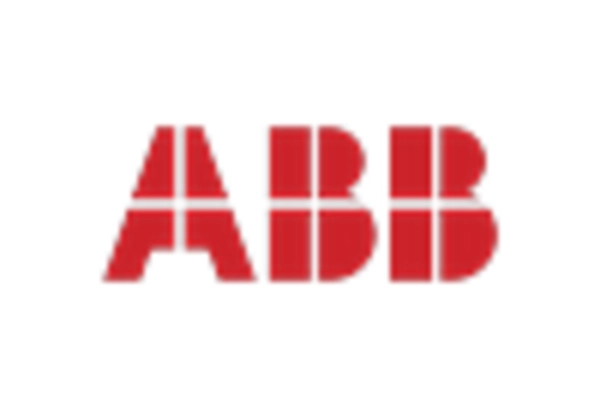

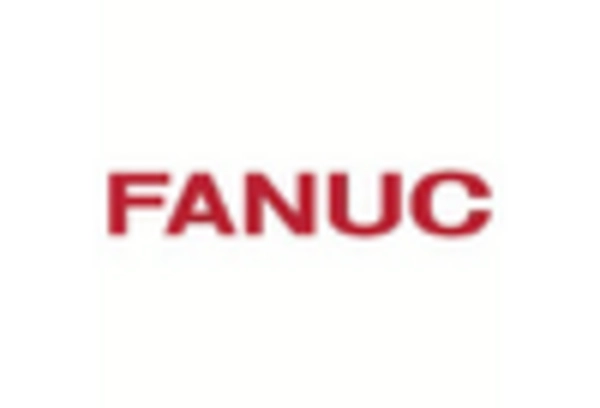
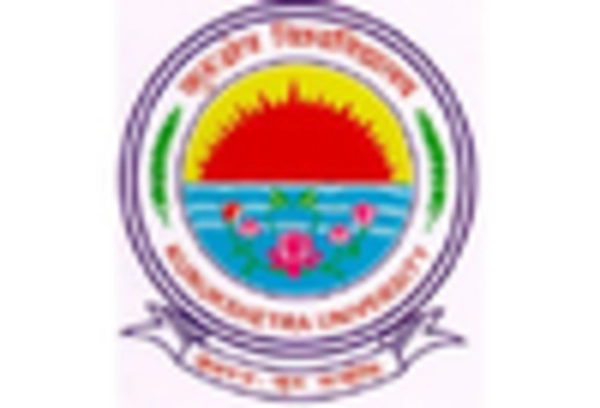
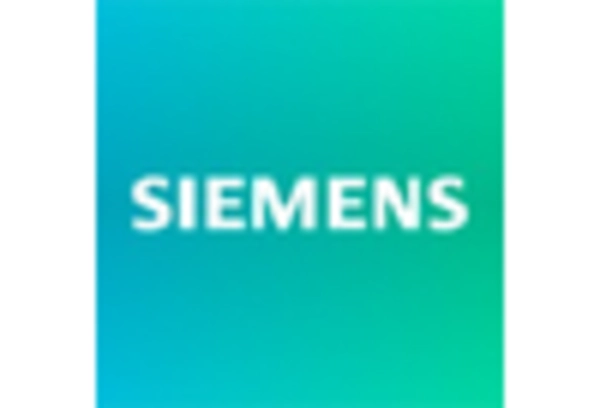
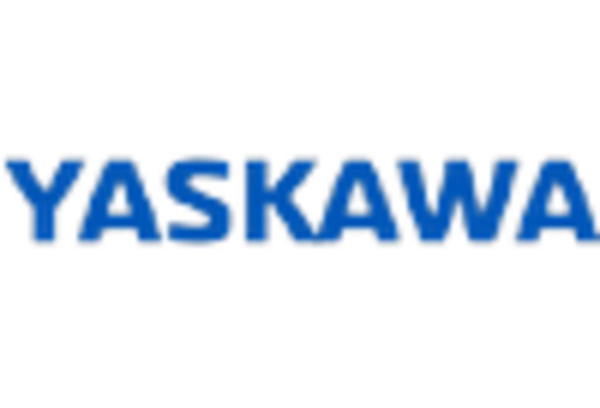








Leave a Comment